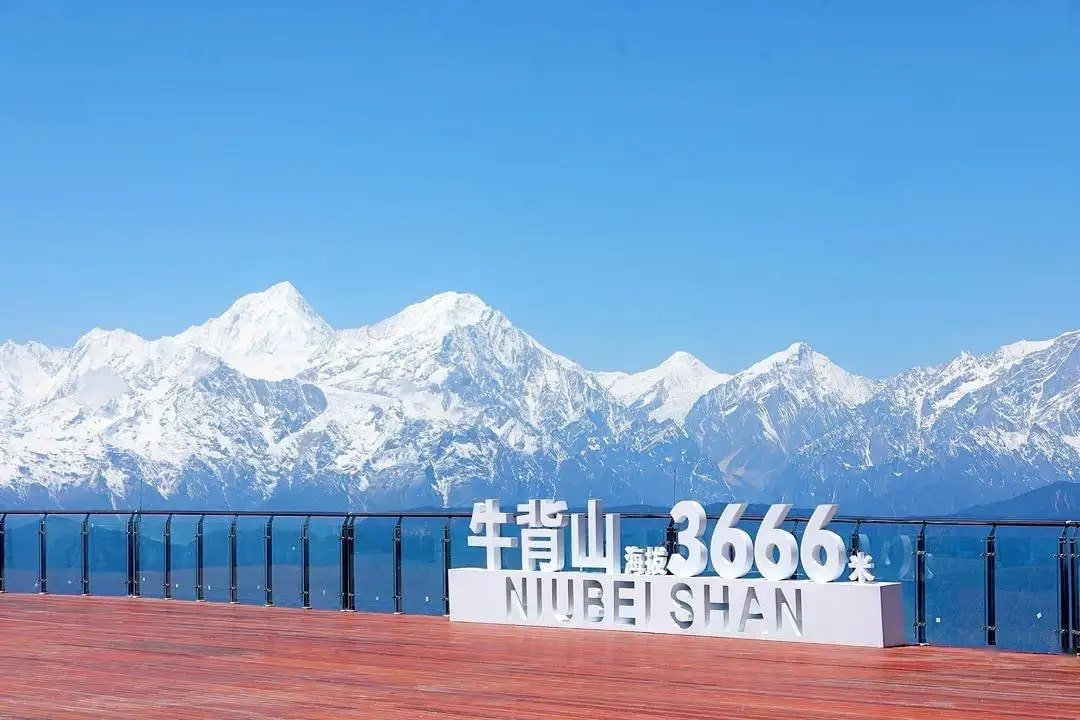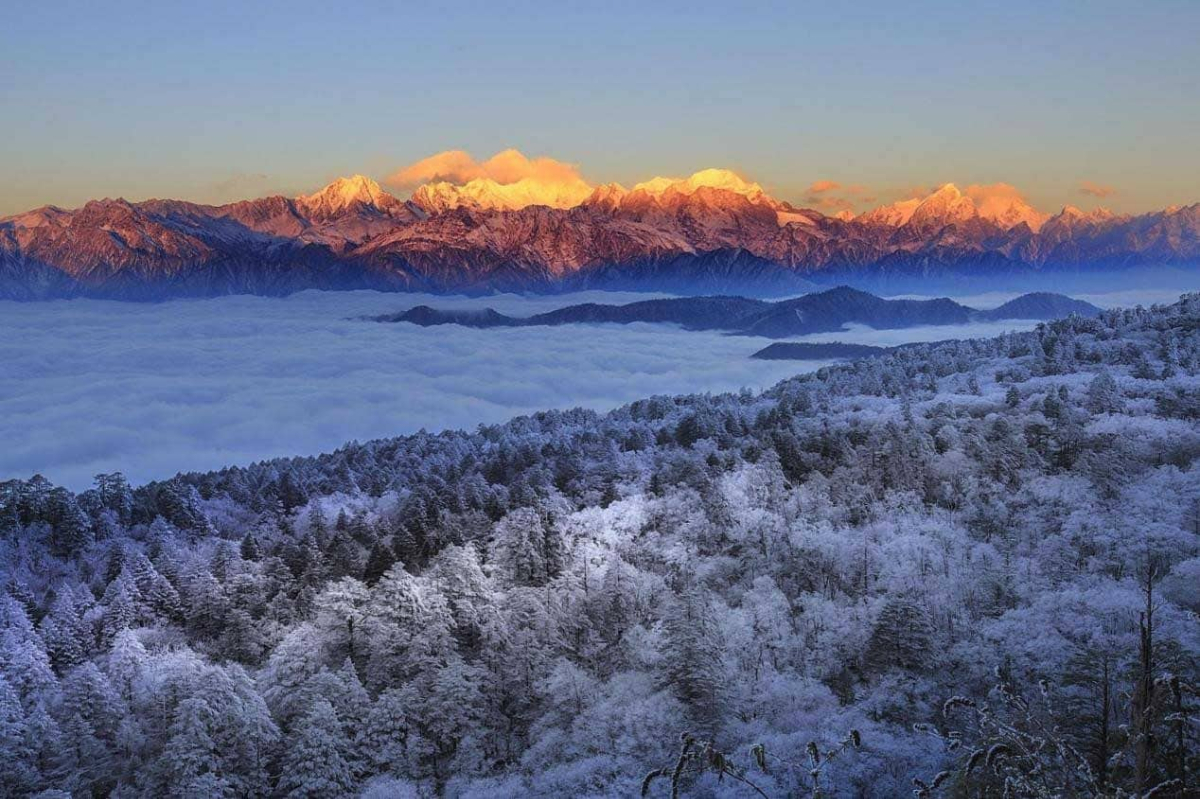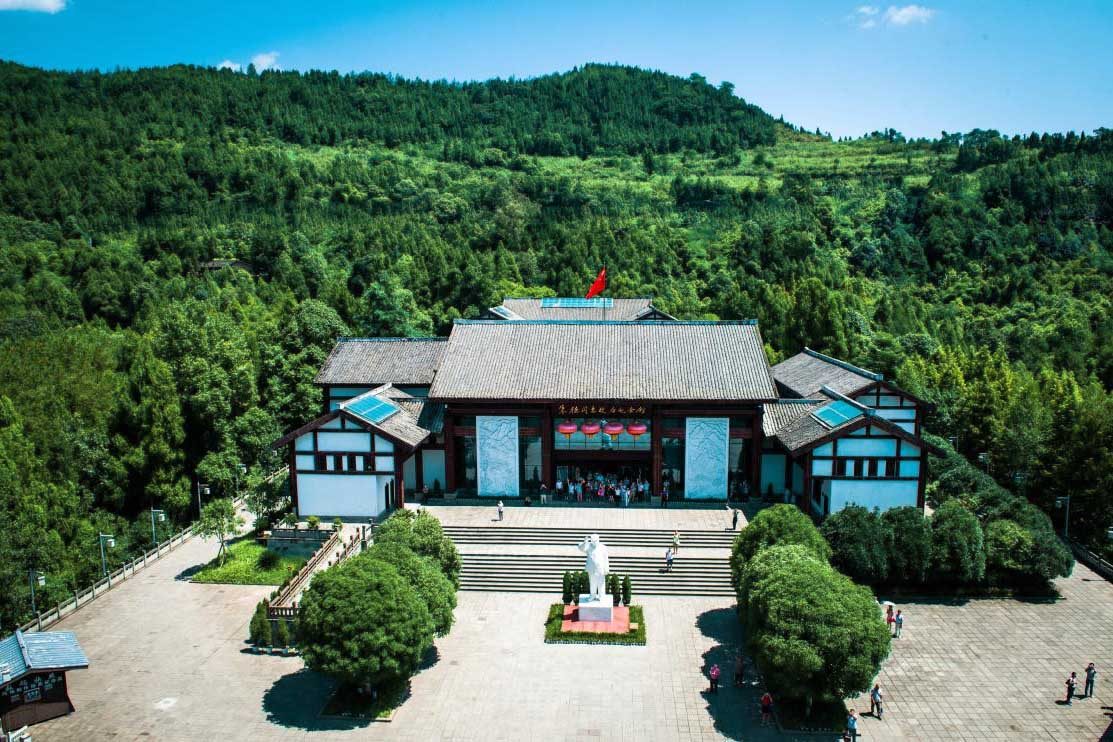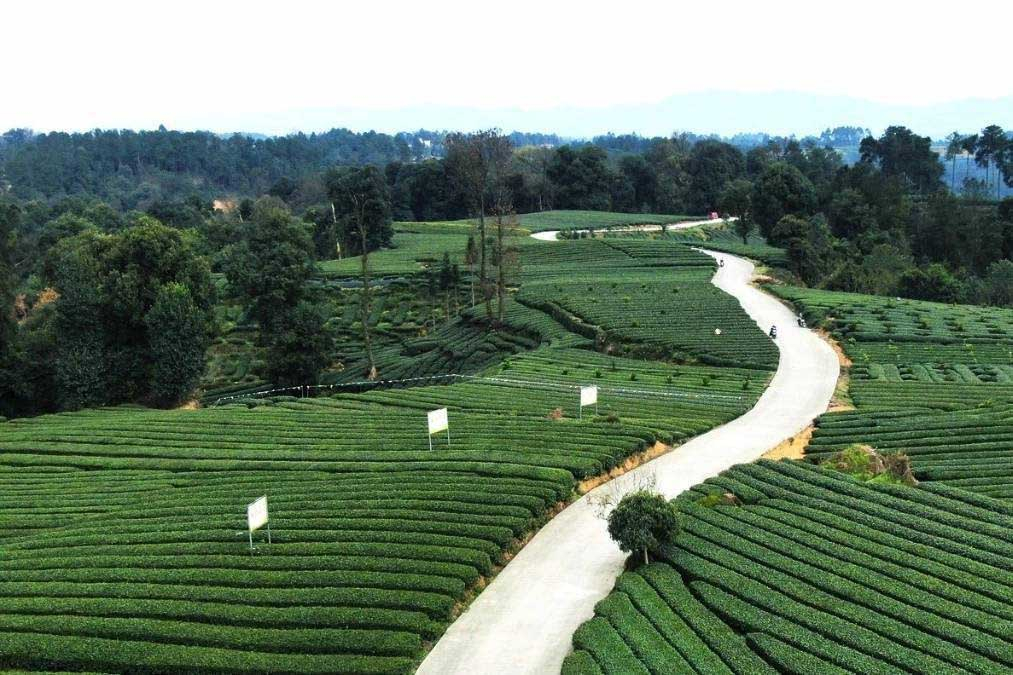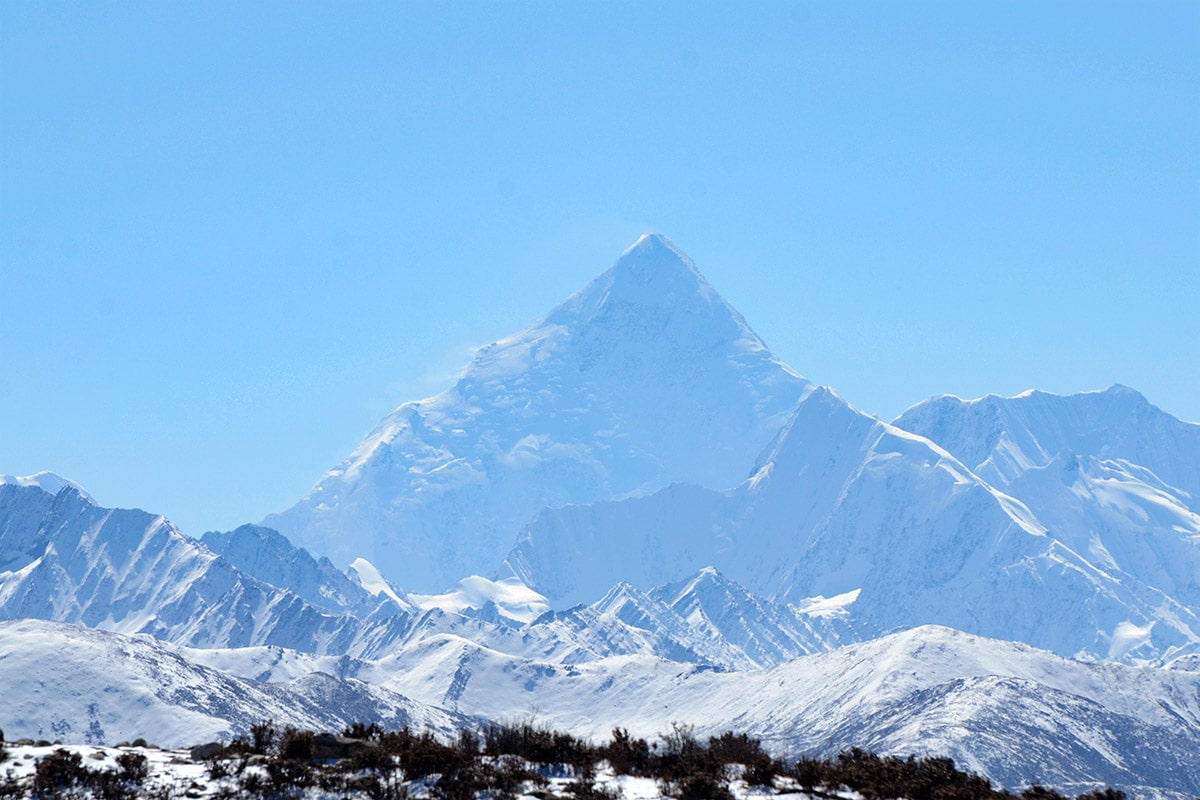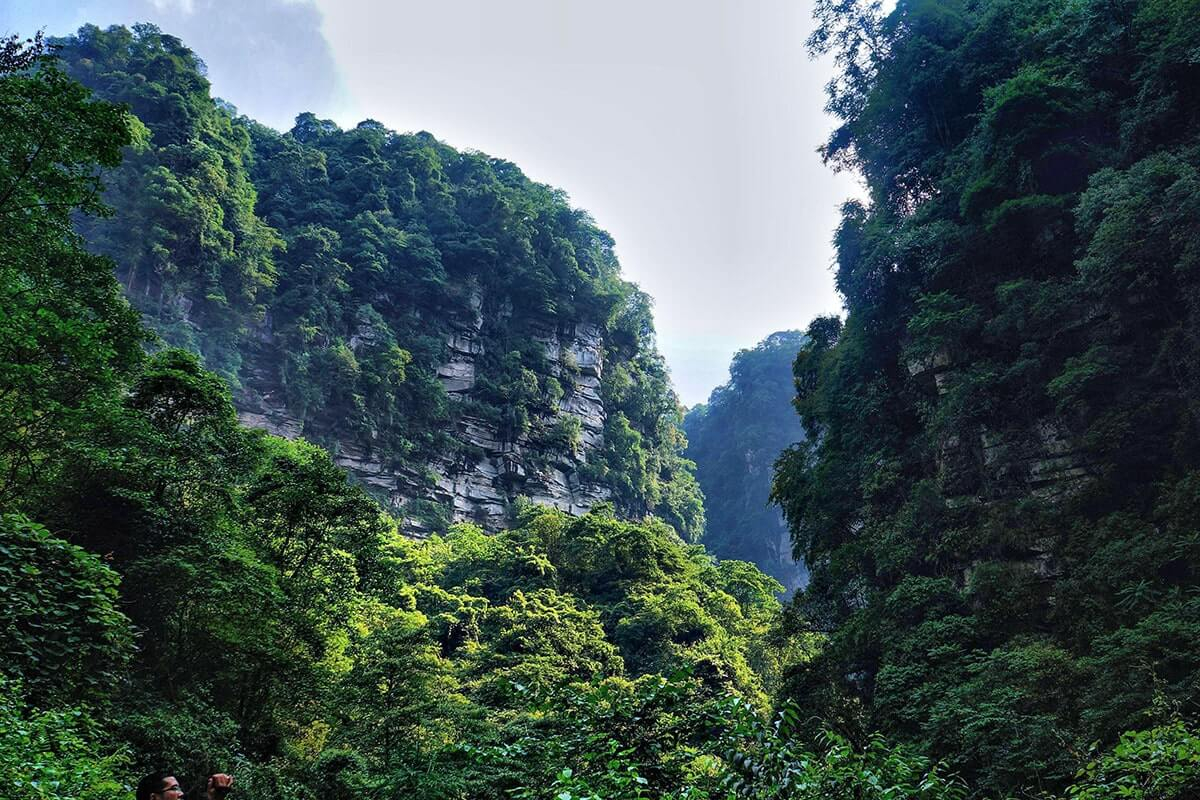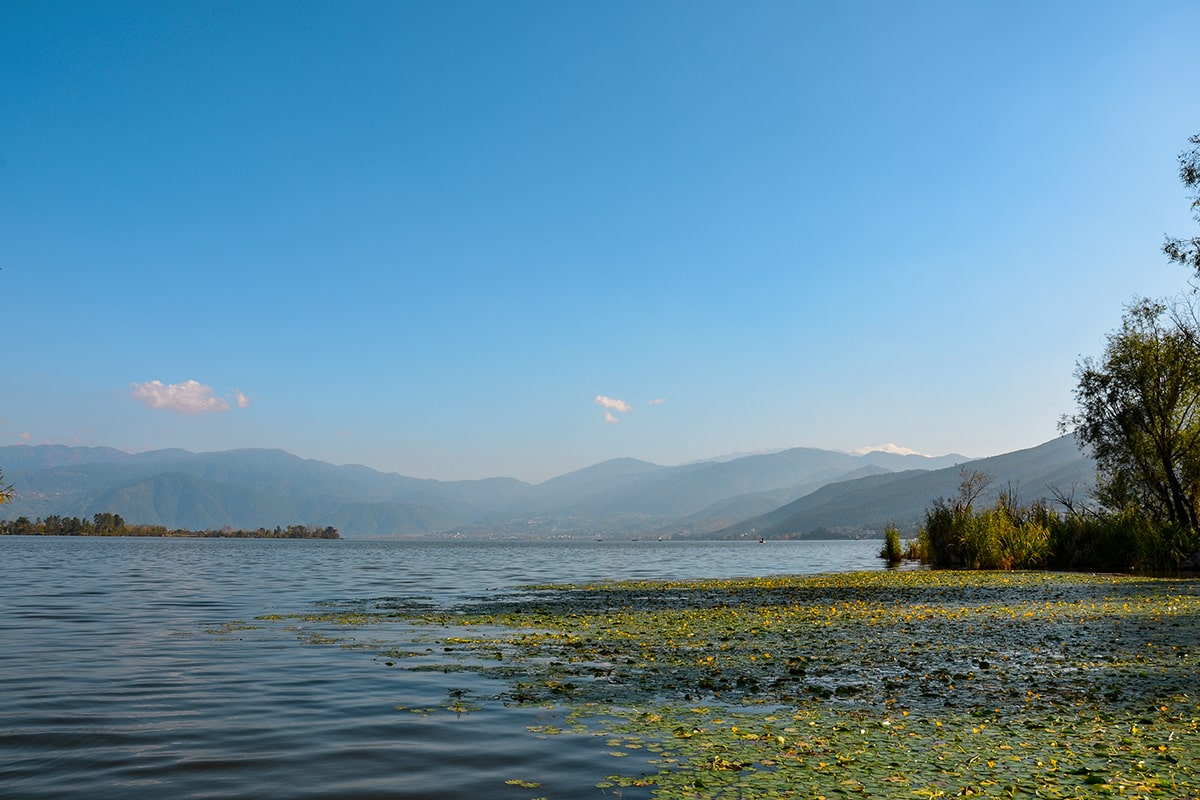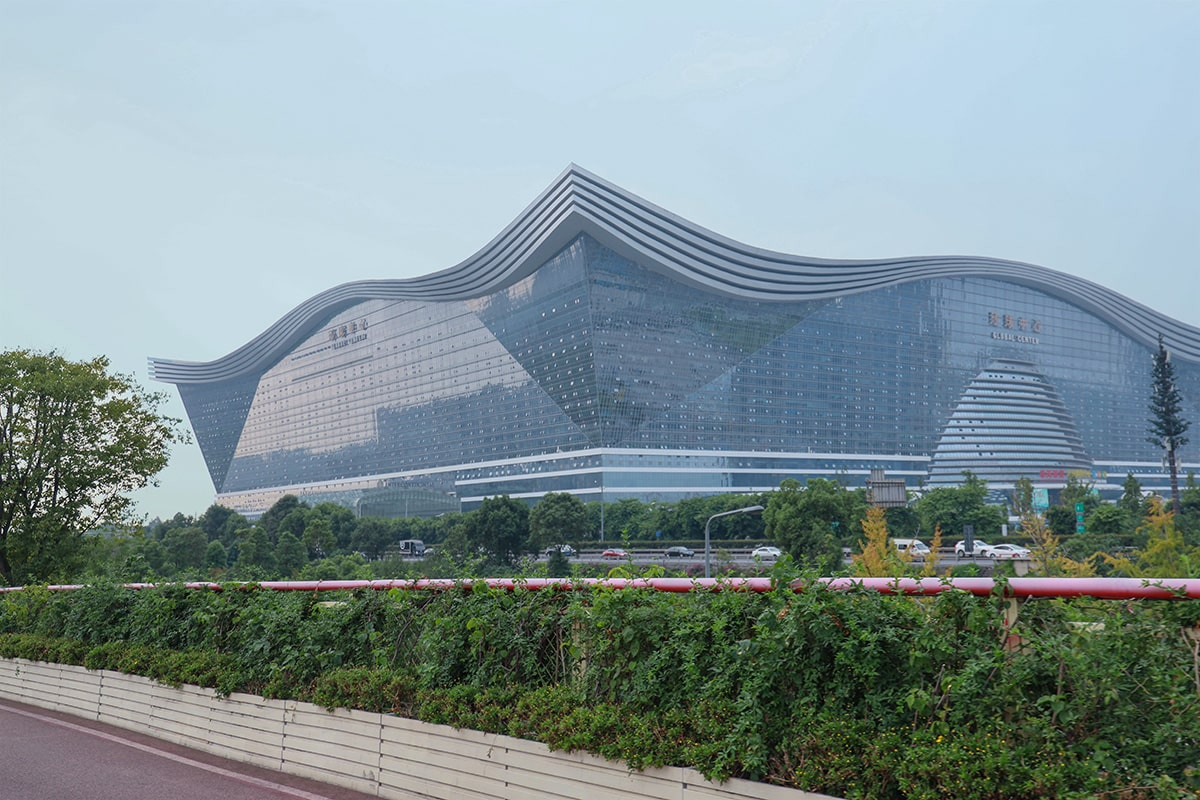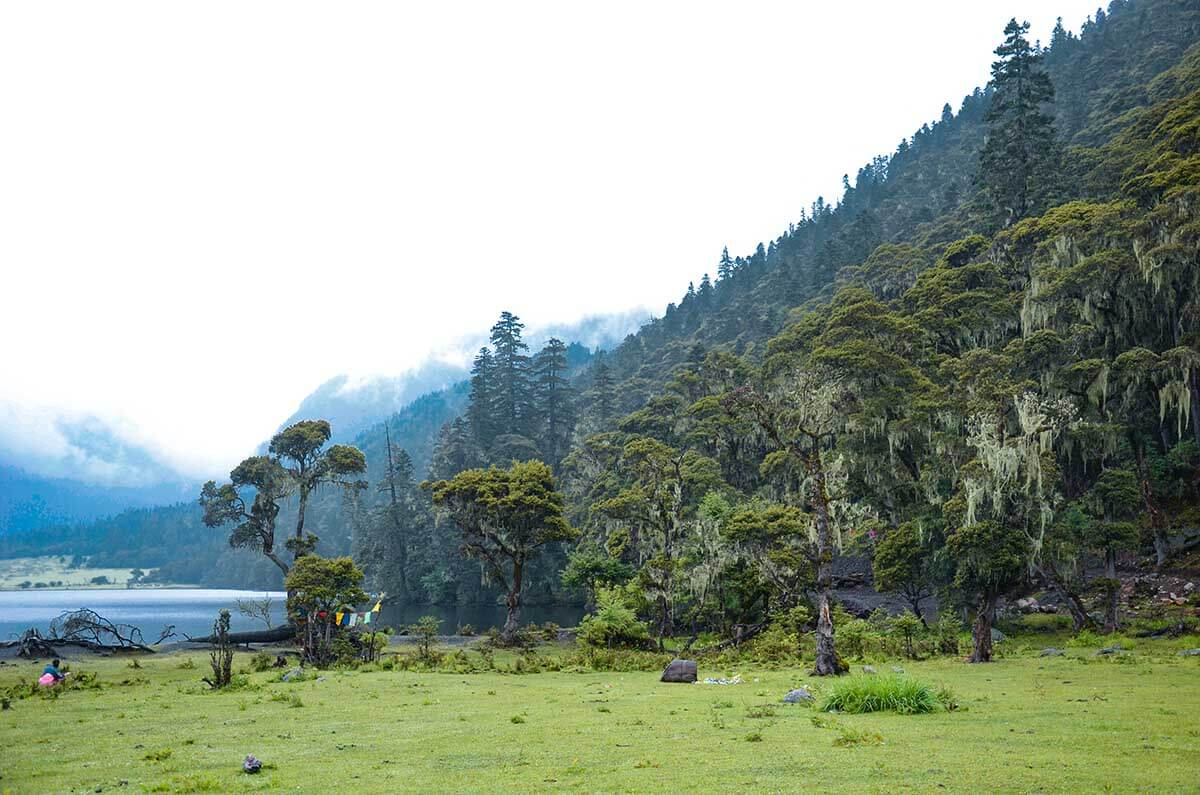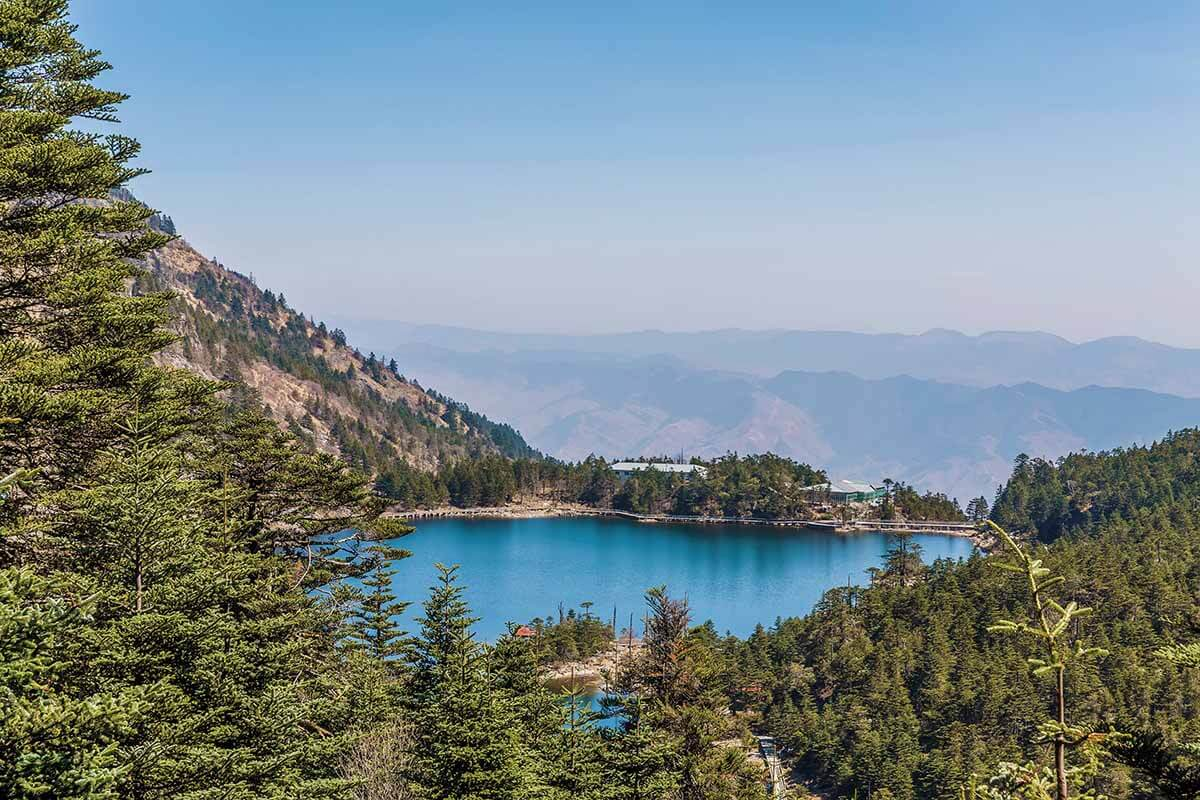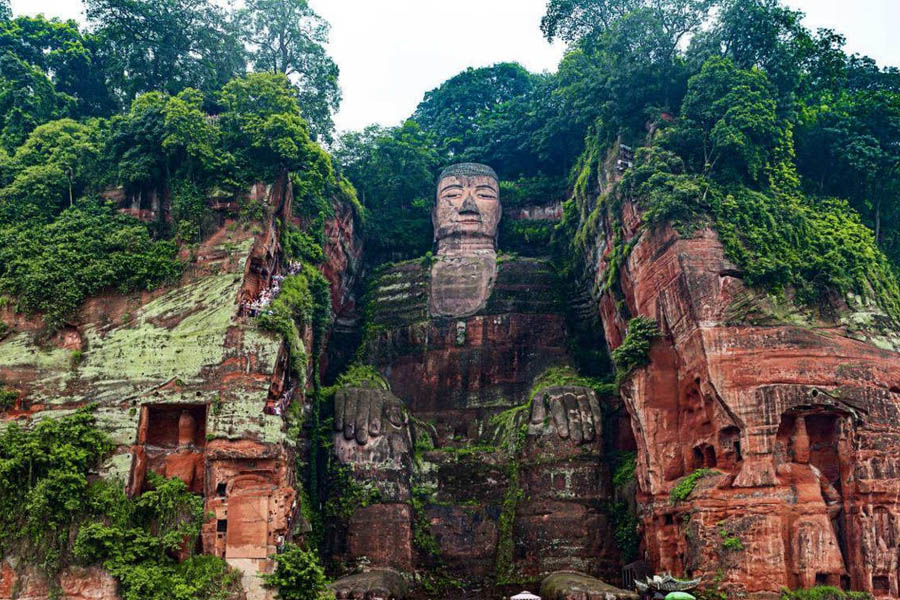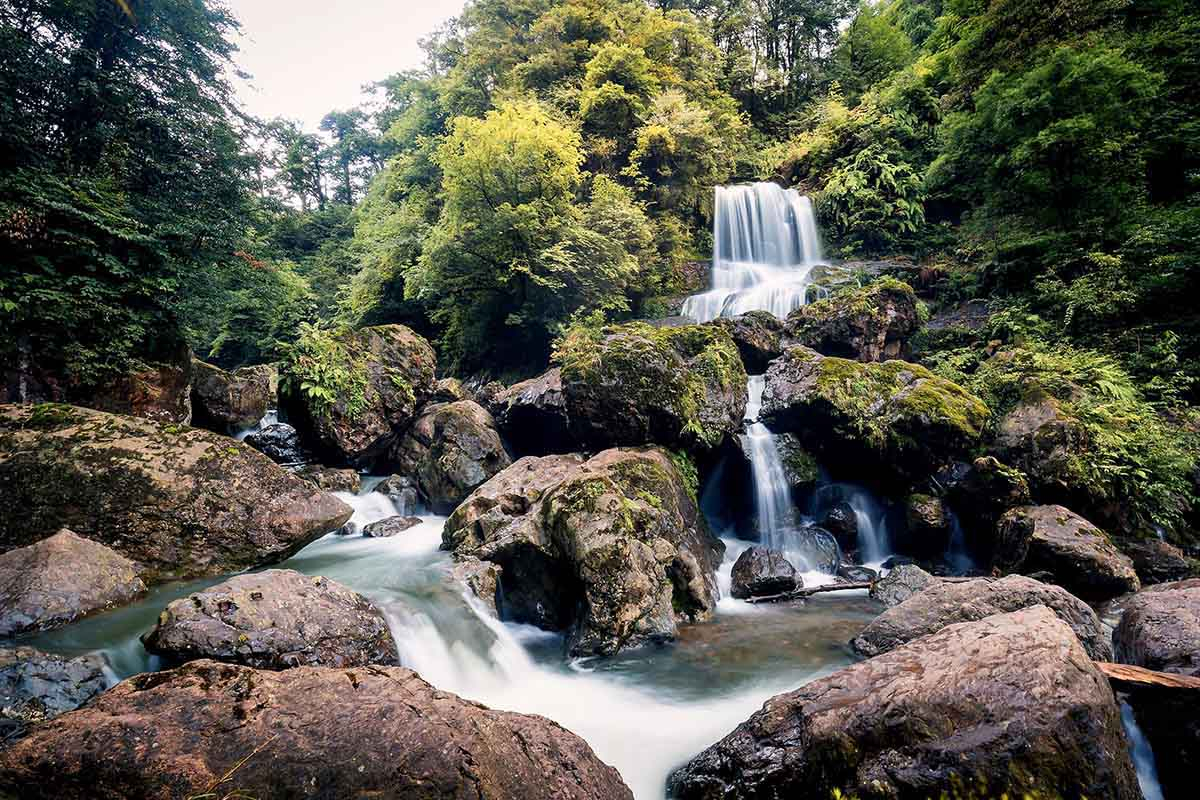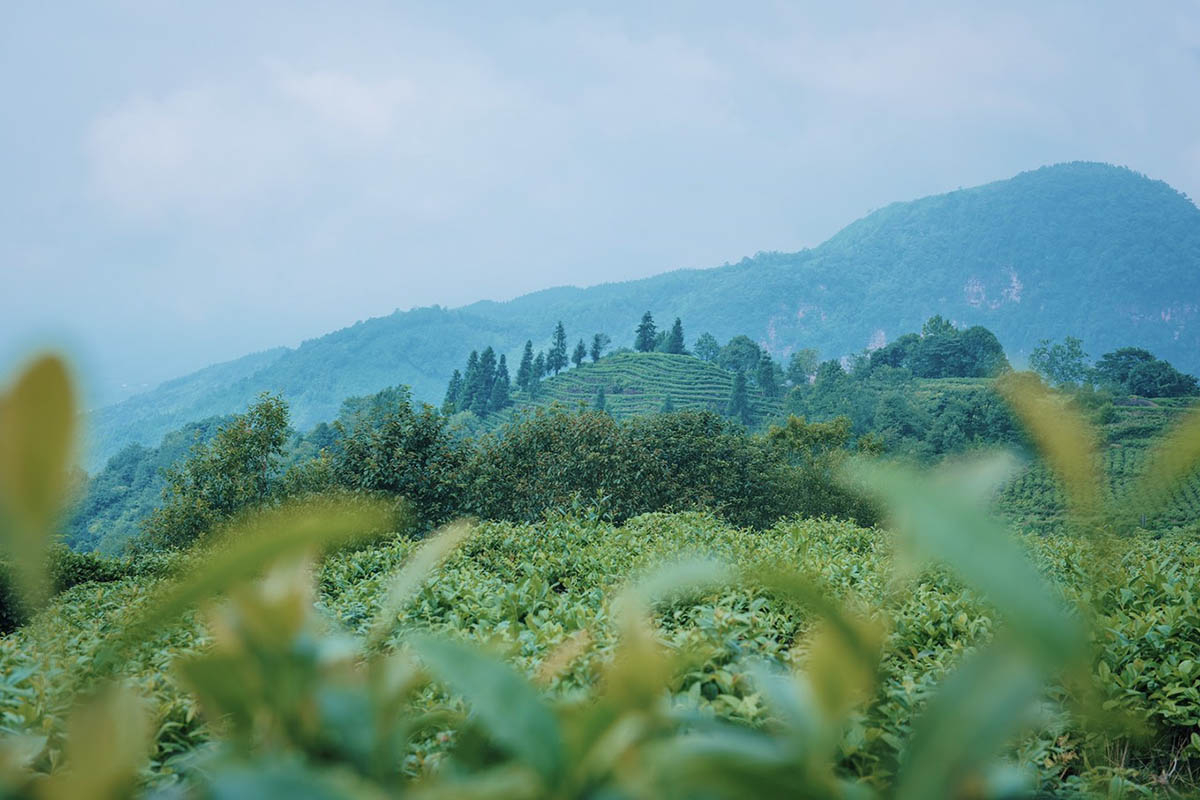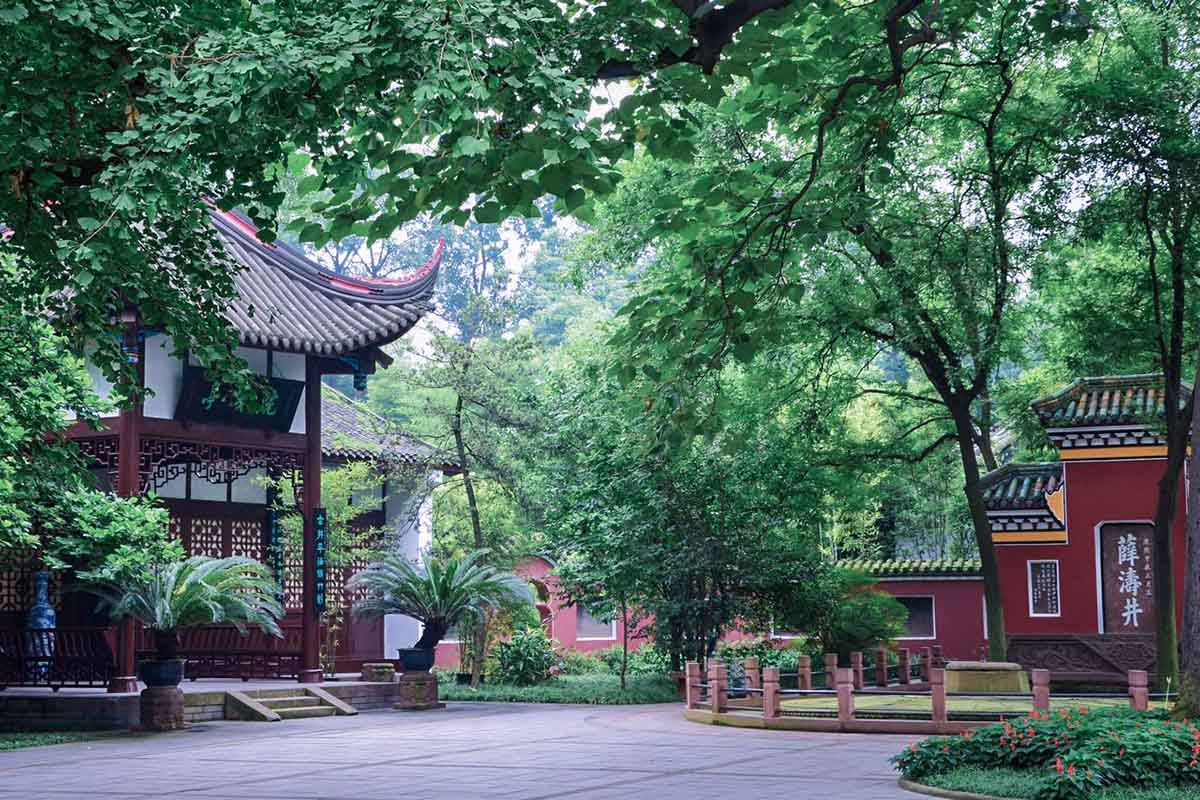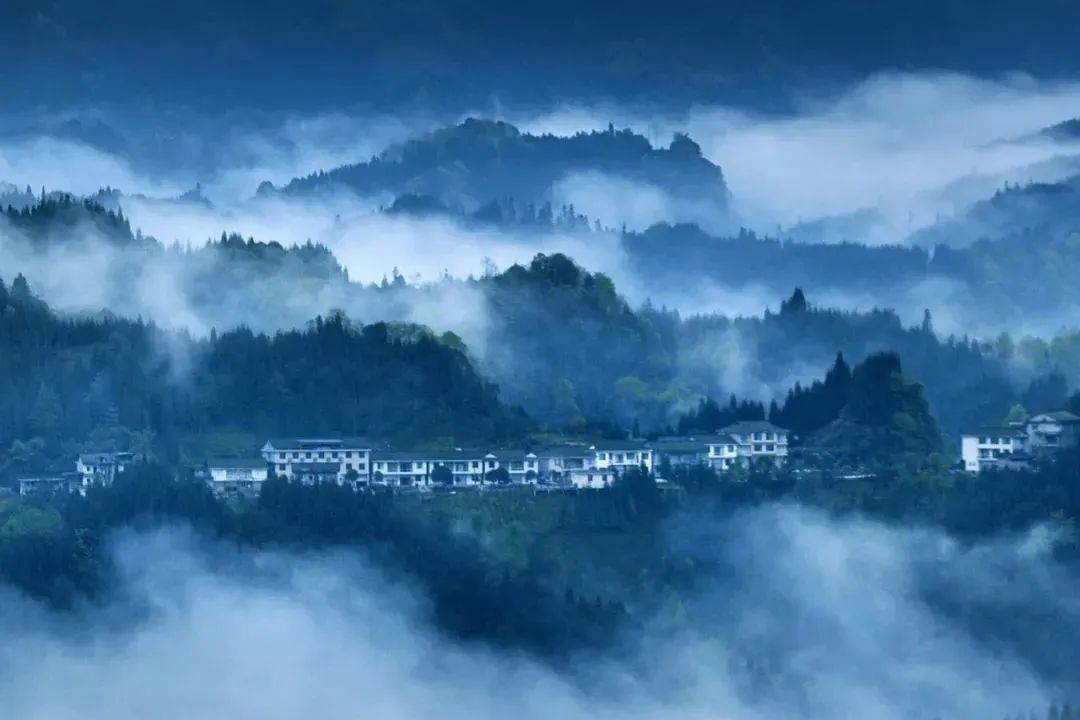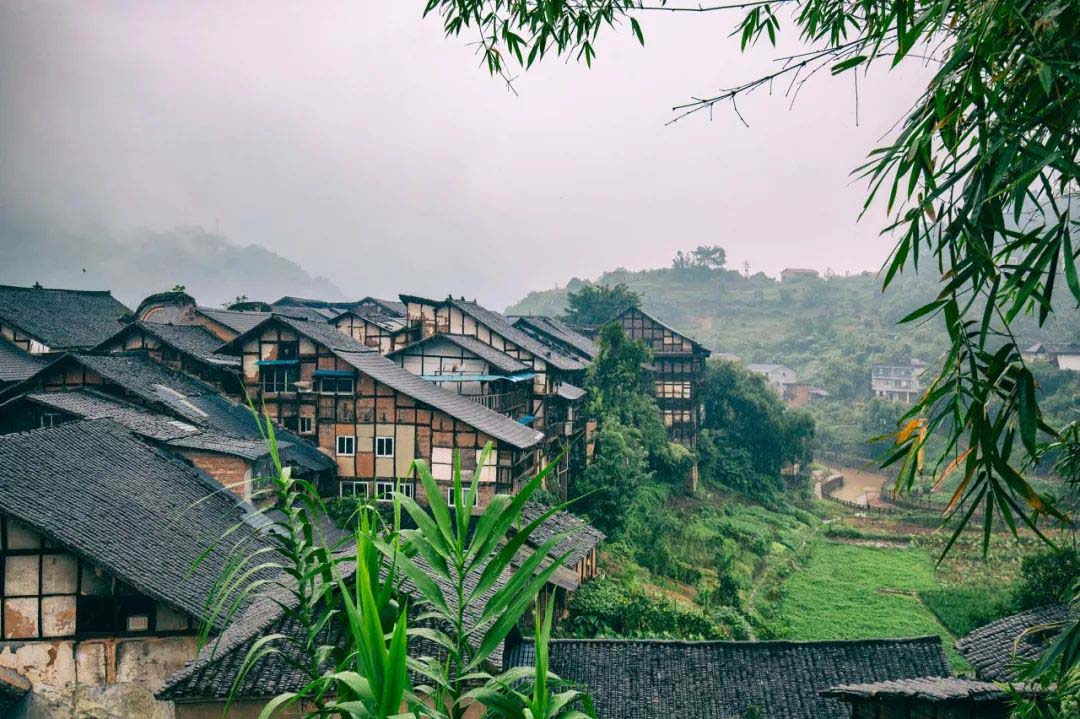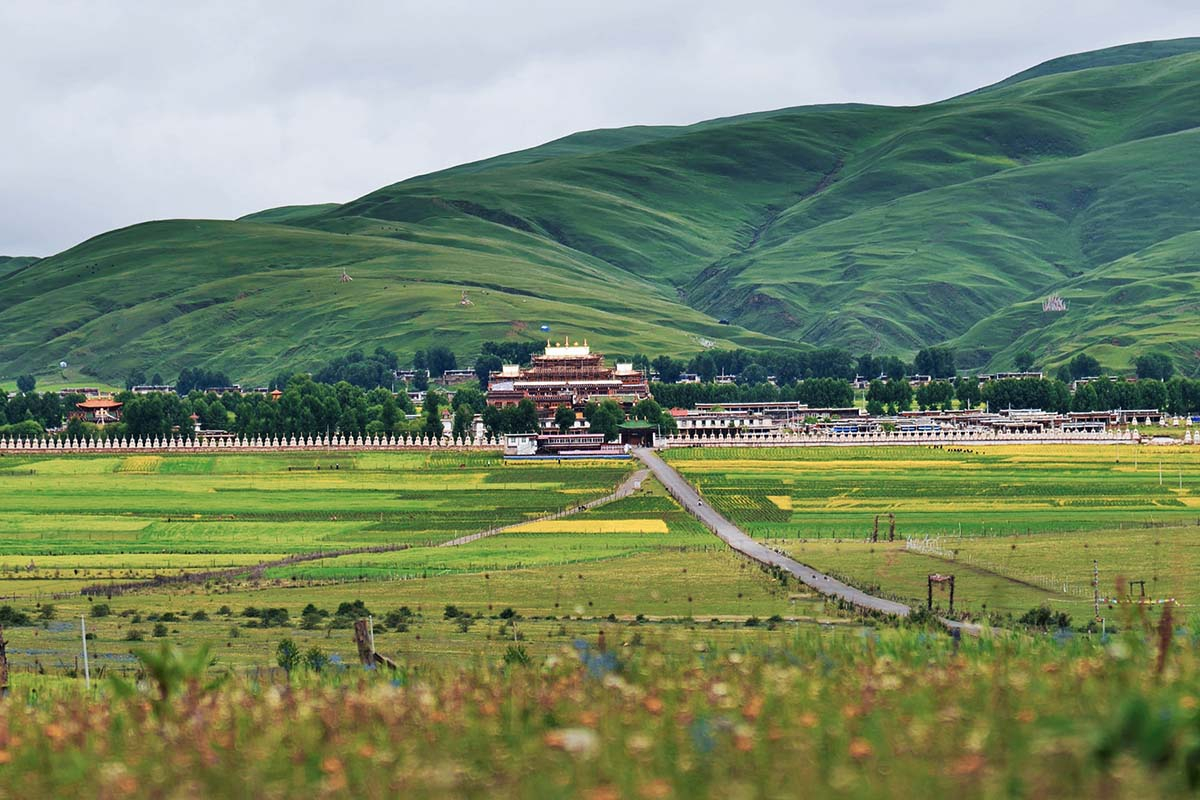Huiyuan Monastery
Chinese Name: 惠远寺 (Hui Yuan Si)
Location: Pamai Town, Daofu County, Garze Tibetan Autonomous Prefecture, Sichuan Province
Ticket: Free
Estimated tour time: 1-2hours
Recommended time to visit: May to Oct
Nearby attractions: Moshi Park Scenic Area, Muya Gada Scenic Are, Tagong (Lhagang) Pasture, Yala Snow Mountain, etc.
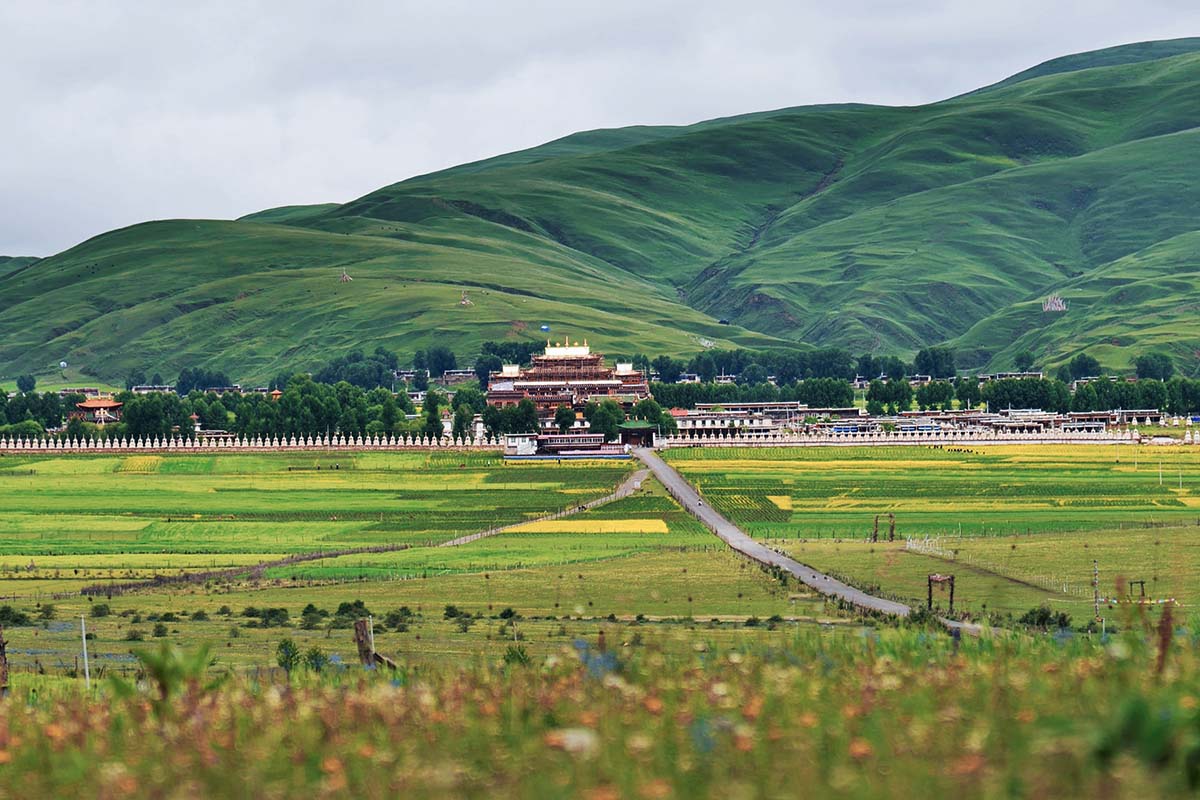
On the western Sichuan plateau, mountains, forests, vast meadows, undulating snow-capped mountains, and fascinating Tibetan villages altogether constitute a wonderful scenery. From a distance, a magnificent temple stands in the basin, the prestigious Huiyuan Lamasery with an altitude of 3550 meters and 110 kilometers away from the county. This ancient temple is at the foot of Yala Snow Mountain, near Pamai Township, Daofu County, where the 11th Dalai Lama was born. It belongs to the Gelug sect which is also known as the “Yellow Hats” in Tibetan Buddhism. It is currently one of the temples of the highest rank in Tibetan areas. Every day, Tibetans can be seen walking clockwise around the prayer wheel, worshiping and praying devoutly. There are also lamas meditating, chanting sutras and Buddhas.
In 1729 (the 7th year of Emperor Yongzheng’s reign in the Qing Dynasty), the Qing government asked the 7th Dalai Lama, Gelzang Gyatso, to take refuge here because of the unstable situation in Tibet. It took appropriative funds allocated by the imperial court and over 500 mu (82 acre) of land to build the lamasery. After three reconstructions, the lamasery is luxurious and is a boutique of Khampa's architectural art with various cultural relics. In the middle of the gate, there is a huge gold-plated plaque bestowed by Emperor Yongzheng with his handwritten inscription. Since the 11th Dalai Lama Kezhu Gyatso was born here, Huiyuan Lamasery has a profound influence in Tibetan areas and was also called the "Little Potala Palace."
The palace is a four-story building and is spectacular in its appearance with a golden roof. Bright colors and suitable color matching are one of the characteristics of Tibetan temples. Going up the steps and enter the main hall, the front wall is yellow, the flanks are white, and the back side walls are red. Yellow, white, and red, together with black and blue, are the main colors of many Tibetan Buddhist temples. The thangka carvings in the main hall are exquisite but cannot be photographed. Buddhist scriptures are also placed in the hall with sunlight streaming on the window rim. Outside Huiyuan Lamasery, there is a circle of white pagodas which formed the “pagoda forest”.
The lamasery holds various activities every year. Grand Dharma assemblies include the " Moranchinmo (Chinese: 传召法会)” which means the great prayer festival and falls on the 1st Tibetan month; the "Yaque (Chinese: 亚却)" in June and the "Anque (安却)" in November both of Tibetan calendar.
There are 208 monks in the lamasery, including 4 Khenpos (abbot) and 15 administrators. In addition, there are two Living Budhhas (Rinpoche) here. Rinpoche, also spelled Rimboche and Rinboqê (Tibetan: རིན་པོ་ཆེ་, Wylie: rin-po-che, ZYPY: Rinboqê) is an honorific term used in Tibetan language which literally means "precious one". The word is used in Tibetan Buddhism as a way of showing respect when addressing those recognized as reincarnated, older, respected, notable, learned and/or an accomplished Lamas or teachers of the Dharma. It is also used as an honorific for abbots of monasteries.
- HOTEST
- RECOMMEND
